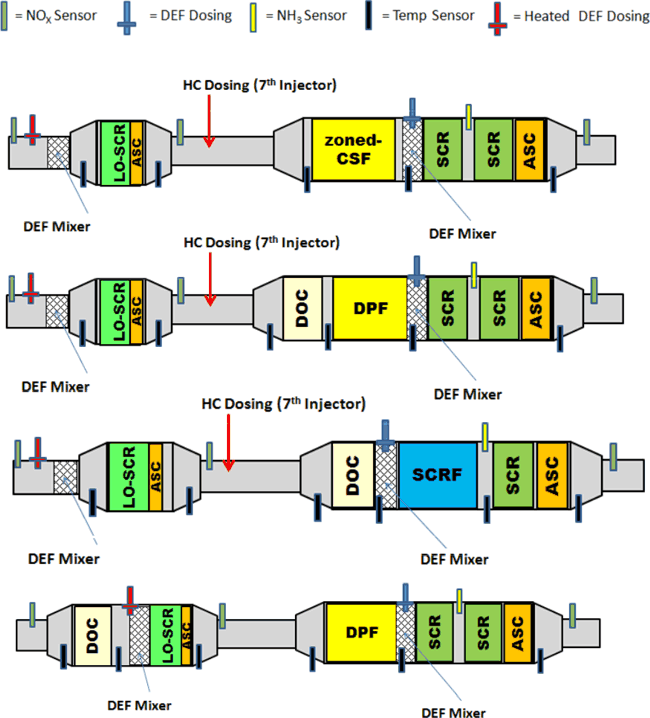

This gives manufacturers greater scope to tune engines to improve fuel efficiency and increase power. SCR is a so-called "aftertreatment" technology, which means that it destroys harmful emissions after combustion. The EPA estimates that the emission standards will prevent 8,300 premature deaths, more than 9,500 hospitalizations and 1.5 million work days lost due to illness, saving approximately $70.3 billion by 2030. NO x and PM emissions are associated with a wide range of health problems including respiratory and cardiovascular diseases, aggravation of asthma, acute respiratory symptoms, chronic bronchitis and decreased lung function. As a result most new diesel trucks, pickups, SUVs, and vans are now fitted with SCR technology and have a DEF tank that must be regularly refilled.ĮPA set the emissions standards to improve air quality.

DEF is sprayed into the exhaust, breaking down NO x gases into nitrogen and water using an advanced catalyst system. Vehicle manufacturers use SCR to meet these standards. Environmental Protection Agency (EPA) brought in new emissions standards requiring medium- and heavy-duty vehicles to significantly reduce engine emissions, particularly NO x and particulate matter (PM). DEF is used in by Selective Catalytic Reduction (SCR) technology to remove harmful NO x emissions from diesel engines. It has a slight smell of ammonia, similar to some home cleaning agents. DEF is clear and colorless, and looks exactly like water. It is a non-hazardous solution of 32.5% urea in 67.5% de-ionized water. Diesel Exhaust Fluid (DEF) is an emissions control liquid required by modern diesel engines.


 0 kommentar(er)
0 kommentar(er)
